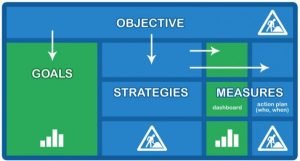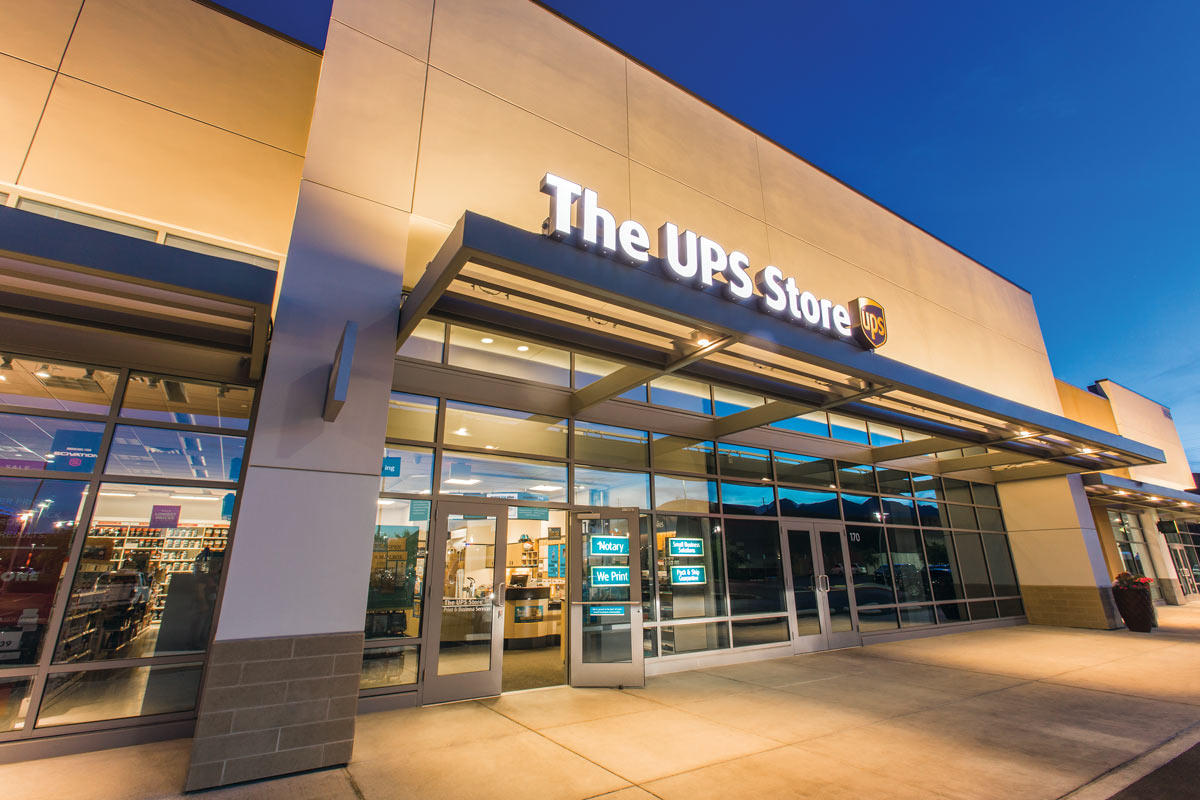A franchising guide typically includes a variety of elements that provide information and guidance for individuals or companies interested in starting a franchise business.
The Franchising Guide elements
Some common elements that might be included in a franchising guide are:
- Introduction: This section provides an overview of franchising, including what it is and how it works.
- Franchise Models: This section describes the various franchise models, such as single-unit franchising, multi-unit franchising, area development, and master franchising.
- Franchise Fees: This section outlines the costs associated with starting a franchise, including initial franchise fees, ongoing royalties, and advertising fees.
- Training and Support: This section describes the training and support provided by the franchisor to help franchisees start and operate their businesses.
- Operations Manual: This section provides an overview of the operations manual, which is a comprehensive guide to running the franchise business.
- Marketing and Advertising: This section describes the marketing and advertising support provided by the franchisor, including national advertising campaigns and local marketing initiatives.
- Territory and Site Selection: This section outlines the process for selecting a location for the franchise business, including the criteria for selecting a territory and the support provided by the franchisor in selecting a site.
- Legal Considerations: This section describes the legal aspects of franchising, including the franchise agreement, disclosure documents, and franchise regulations.
- Financial Performance: This section provides information on the financial performance of the franchise, including historical financial data, revenue and expense projections, and return on investment.
- Franchisee Requirements: This section outlines the requirements for becoming a franchisee, including financial qualifications, business experience, and other criteria.
These are just a few of the common elements that may be included in a franchising guide. The specific contents of a franchising guide may vary depending on the franchisor and the type of franchise being offered.
What are the Franchise Business KPIs?
Key Performance Indicators (KPIs) are important metrics used by franchisors and franchisees to measure the success of a franchise business. Here are some common KPIs for franchise businesses:
- Franchisee Profitability: The profitability of franchisees is a critical KPI for the success of the franchise business. This KPI measures the revenue generated by the franchisee compared to the costs of running the franchise.
- Customer Satisfaction: Customer satisfaction is an important KPI for franchise businesses as it measures the satisfaction of customers with the products and services offered by the franchise. It is typically measured through surveys and customer feedback.
- Franchisee Turnover Rate: The turnover rate of franchisees is another important KPI for franchise businesses. This KPI measures the percentage of franchisees who leave the franchise network within a given period of time. A high turnover rate may indicate problems with the franchise system or the relationship between the franchisor and franchisee.
- Brand Recognition: Brand recognition is a KPI that measures the level of awareness and recognition of the franchise brand among customers. It is typically measured through market research and surveys.
- Unit Growth: Unit growth is a KPI that measures the number of franchise units that are added to the franchise network over a period of time. This KPI indicates the success of the franchise system in attracting new franchisees and expanding the franchise network.
- System-wide Sales: System-wide sales is a KPI that measures the total revenue generated by all franchise units in the franchise network. This KPI is important for measuring the overall success of the franchise business.
- Training and Support: The effectiveness of the training and support provided by the franchisor is another important KPI for franchise businesses. This KPI measures the ability of the franchisor to train and support franchisees in running their businesses effectively.
These are just a few common KPIs for franchise businesses. The specific KPIs used may vary depending on the industry, business model, and goals of the franchise business.
Case: How much is an UPS Store franchise?
The initial investment to open an UPS Store franchise ranges from approximately $150,000 to $450,000, depending on the location, size, and other factors. This investment covers expenses such as the franchise fee, equipment, signage, initial rent and security deposit, inventory, and other costs associated with starting a new business.
In addition to the initial investment, UPS Store franchisees are required to pay ongoing fees to the franchisor, including a monthly royalty fee based on a percentage of gross sales, an advertising fee, and other fees related to additional services and products offered by the franchisor.
The specific costs and fees associated with opening and operating an UPS Store franchise can vary widely depending on a variety of factors, such as the location, size, and local market conditions. It is important for potential franchisees to thoroughly review the franchise disclosure documents and speak with current and former franchisees to fully understand the costs and potential revenue associated with opening and operating an UPS Store franchise.








